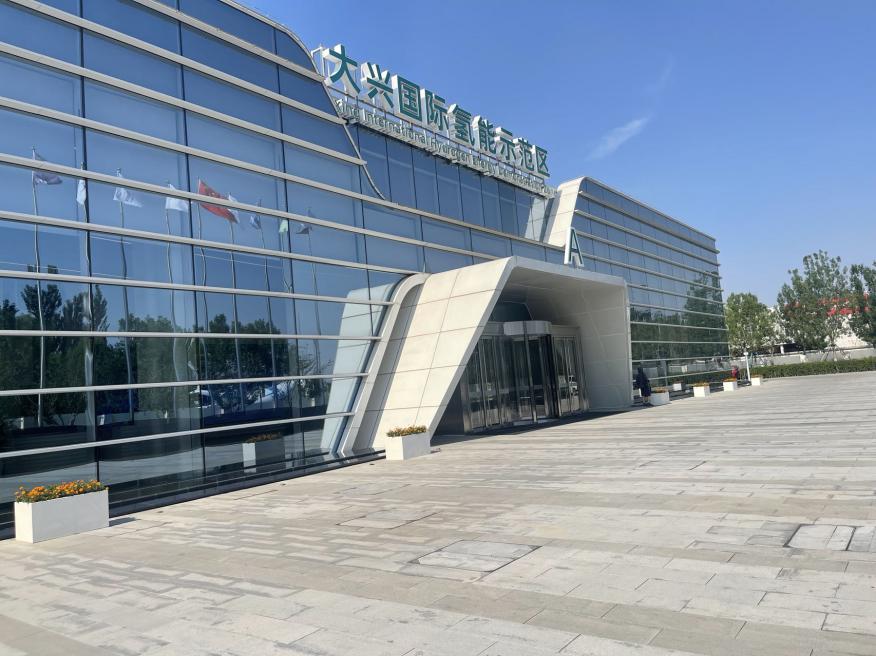Daxing hydrogen energy zone powers China's green drive


As a step of phasing out non-capital functions and achieving transformation and upgrading, the Daxing International Hydrogen Energy Demonstration Zone has become a new highland for energy scientific innovation in the southern suburbs of the capital Beijing.
The demonstration zone, covering hydrogen R&D, utilization, production, exhibition and exchange, was established in Sept 2020, and was included the Beijing Hydrogen Industry Development Implementation Plan (2021-2025) in August 2021.
The whole project is divided into three phases.
Phase 1, covering an area of about 50,000 square meters, was put into operation in 2021 and has become a demonstration zone covering a hydrogen refueling station, an exchange and exhibition center, R&D incubators and other relevant services.
With a daily hydrogenation capacity of 4.8 tons, Hypower is the largest hydrogen refueling station in the world, said Wang Kun, a project leader of the Daxing International Hydrogen Energy Demonstration Zone.
Phase 2, which kicked off construction in 2021, was put into operation at the end of 2022. This section consists of testing zone, office buildings and workshops, further promoting the industrial chain of fuel cells.
Phase 3 started construction in late June. It is expected to have a national testing center for fuel cell vehicles, build an integrated test and certificate platform of hydrogen products, leading healthy development of the hydrogen energy industry.
As China steadily pushes ahead with its green drive, the central and local governments are making efforts to promote the hydrogen energy industry, laying out specific hydrogen development plans to drive the industry.
According to the plan on the development of hydrogen energy in the medium and long term (2021-2035) released by the National Development and Reform Commission and the National Energy Administration in March 2022, by 2035, the proportion of hydrogen produced from renewable energy in terminal energy consumption will increase significantly, which will play an important supporting role in the country's green energy transformation.
Globally, countries are pushing forward hydrogen development, and China's hydrogen energy sector has entered the fast lane of development over the past two years.
However, multiple difficulties still remain, especially in transport and storage. The cost of equipment material for hydrogen storage is relatively high. If this issue is solved, the price of hydrogen will see a decline.
China is the largest hydrogen producer in the world. The China Hydrogen Alliance predicts that by 2025, the nation's hydrogen energy industry will be valued at 1 trillion yuan. By 2050, hydrogen energy is expected to account for more than 10 percent of its overall energy system.







